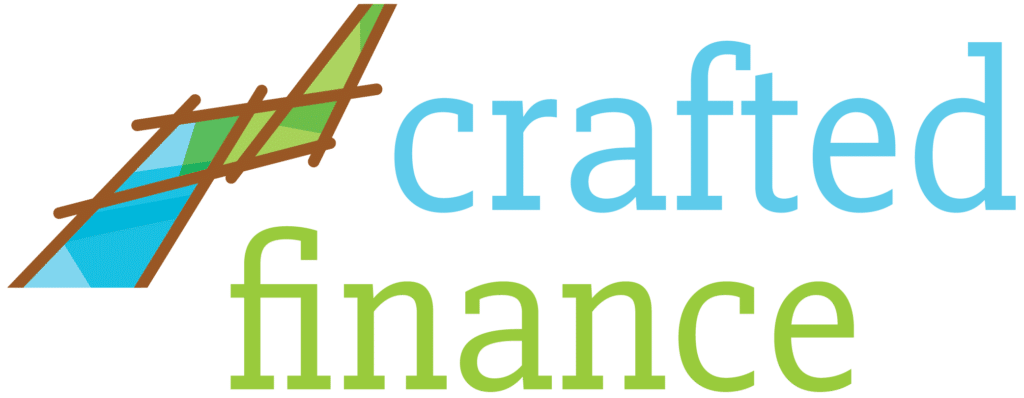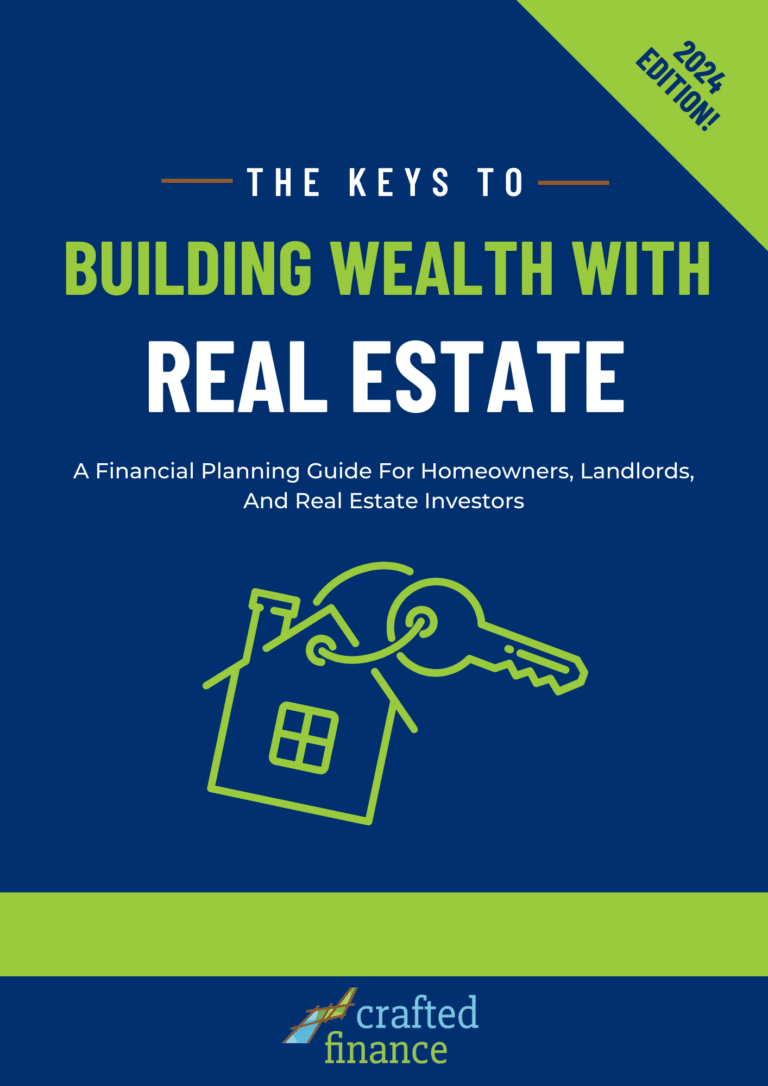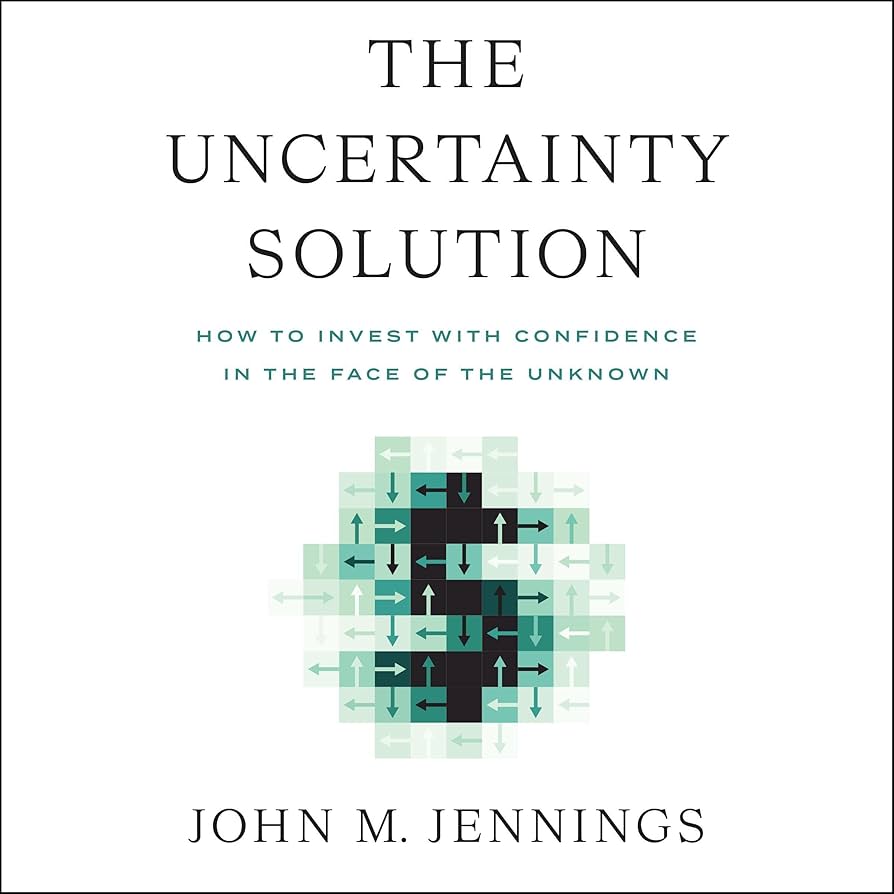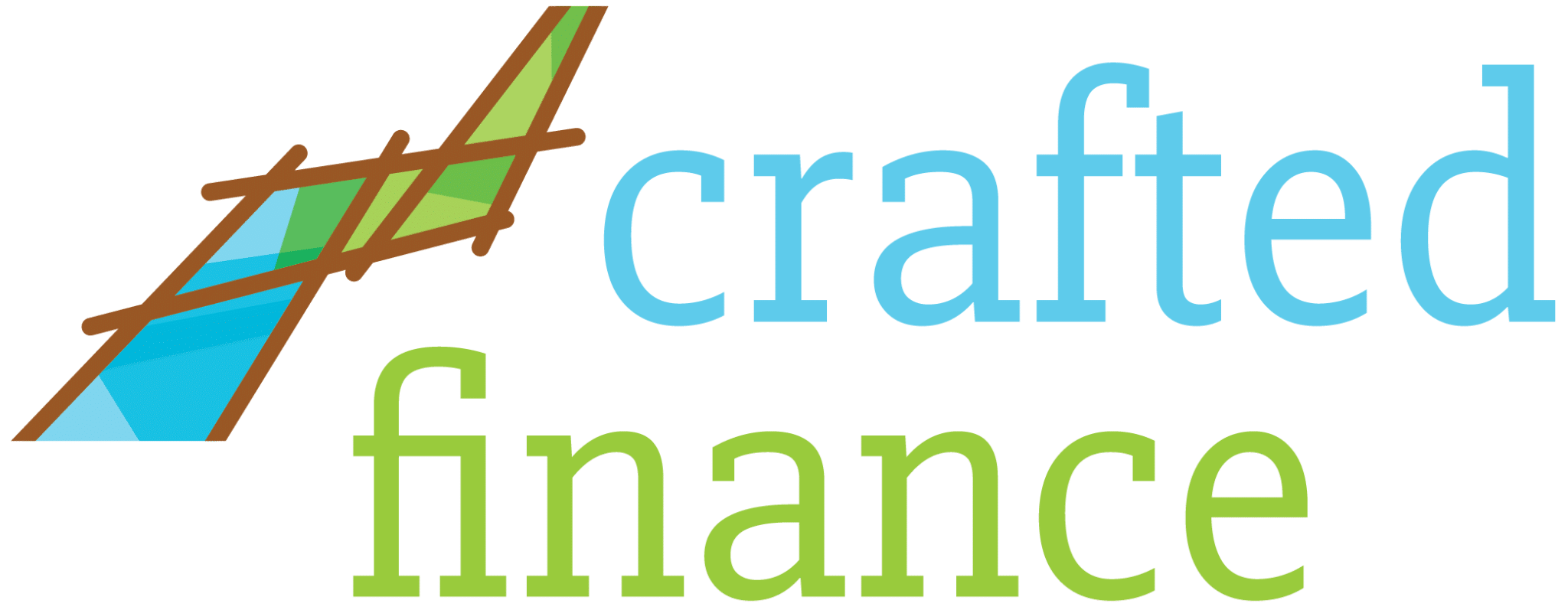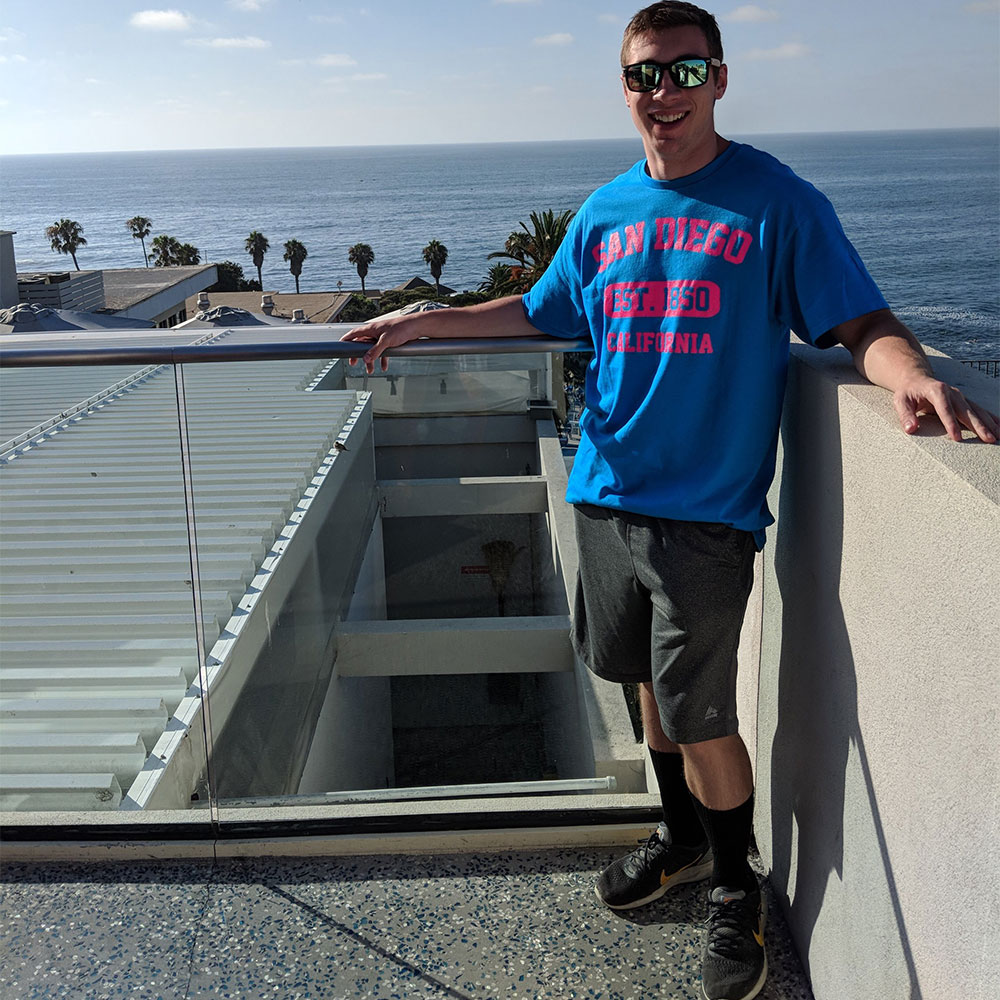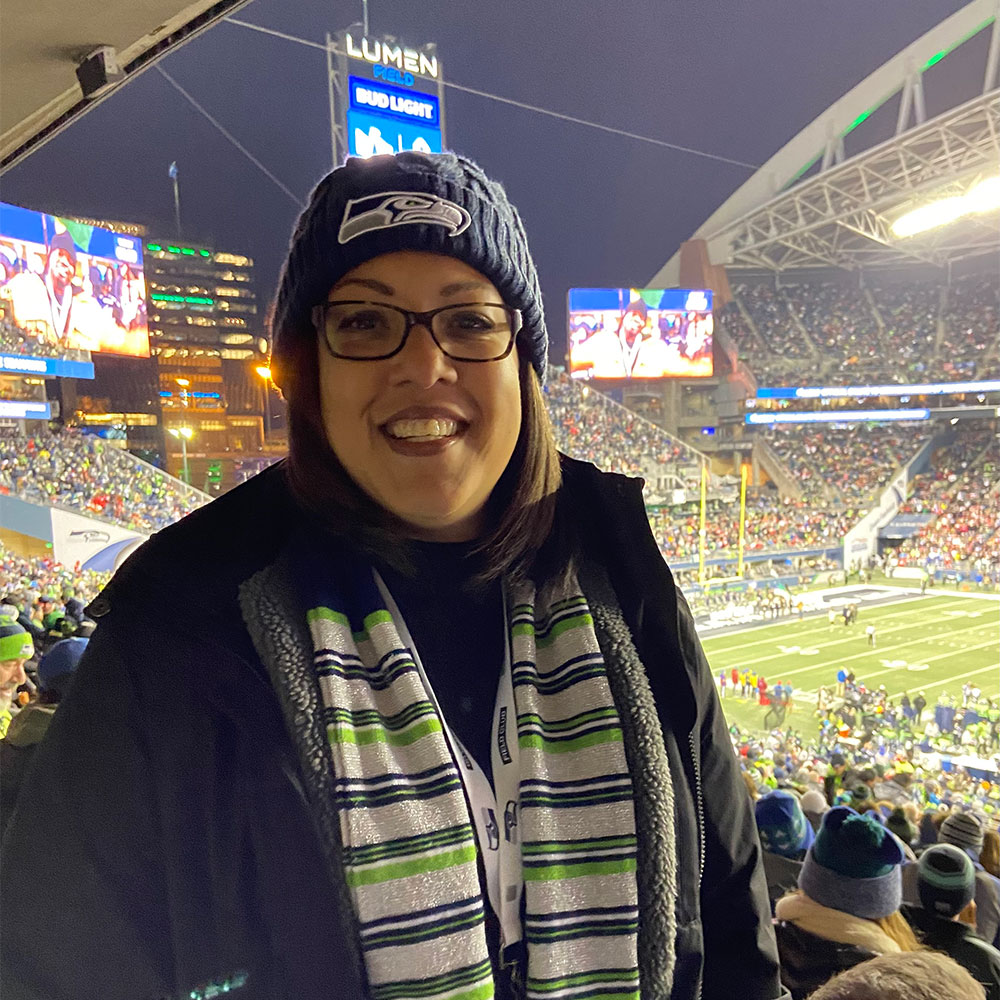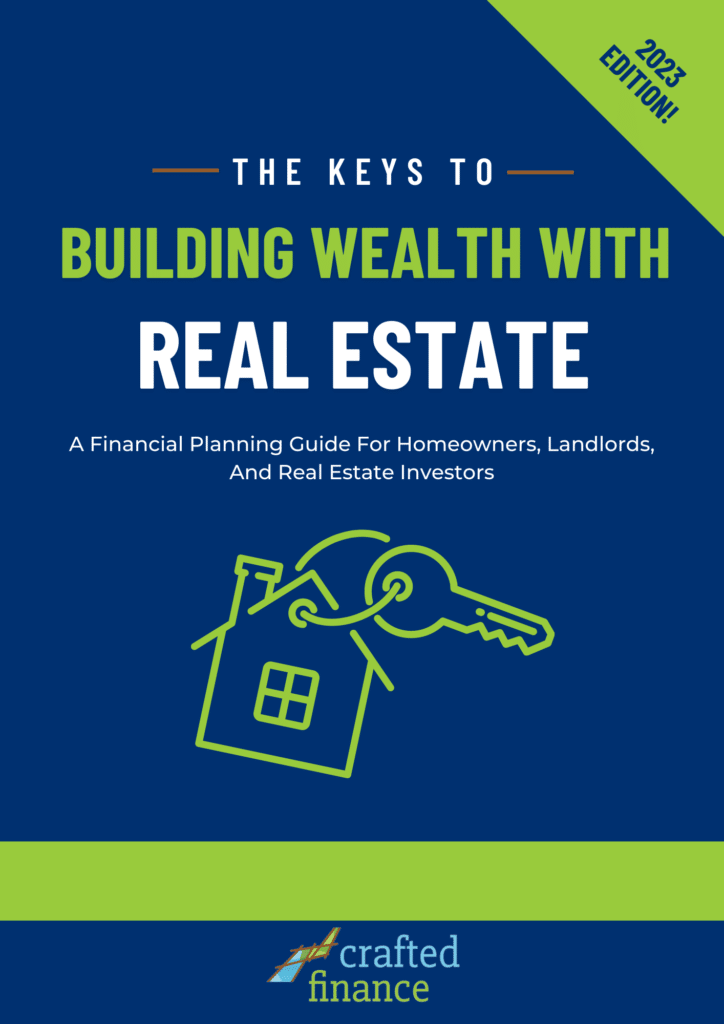NOTE: This is a featured article from our friends over at Caring.com, feel free to check out the original posting on their site here.
Understanding Independent Living Costs
First of all, keep in mind that the variety of living situations described as “independent” or “senior living” is very broad. Some communities offer luxurious facilities and an extensive range of lifestyle amenities, while others are much simpler. But in general, what is meant by independent living is a community in which you care for yourself, but your living quarters are taken care of so that you’re free from chores like cleaning, gardening, and home maintenance. In addition, transportation and meal services are provided, freeing you from the need to drive (and maintain a car) or cook if you prefer not to.
Options available in the typical independent living community:
-
- Housekeeping and laundry services
-
- Transportation within the area
-
- Meals served in a dining room or in onsite restaurants
-
- Suites or detached units that include kitchens or kitchenettes
-
- Live-in management or 24-hour security, or both
-
- An activity program of classes, entertainment, and other events
-
- A gym or activity center with exercise and wellness programs
-
- An on-site barber shop and beauty salon
-
- A concierge to help you plan outings and take care of errands
-
- Group travel
-
- Religious services
So what do you pay for all this, and how does it work' Well, that’s hard to say, because the range is so enormous. In some geographic areas, you could be paying as little as $700 a month, depending on the type of facility you choose. If you prefer more luxurious digs in a high-demand area, you could be paying as much as $10,000 a month. Here’s a rundown of the typical costs associated with independent living, so you can realistically evaluate if it’s for you.
In general, independent living communities are private pay, although some government benefits may apply, and low-income seniors may apply for federally subsidized senior housing.
Buy-in fees
Some communities require a nonrefundable entrance or community fee, which is sometimes referred to as your “buy-in.”
All-inclusive payments
Others charge one all-inclusive payment per month, which covers rent, utilities, housekeeping, maintenance, activities, transportation, and one or more meals a day.
Customized meal deal
Most independent living communities offer customized meal plans, including the option to cook independently, but some require a full meal plan.
Privacy
Costs vary widely, depending on the amount of privacy and living space you want; options range from semi-private and private rooms on the low end to one-, two-, and three-bedroom apartments or detached units on the high end.
Moving in with your spouse. Most communities charge a second-person fee for couples sharing living space to cover the cost of the spouse’s meals, transportation, etc.
Extra fees
Extra services that may require additional fees include:
-
- Meals or overnight accommodations for guests
-
- Outside activities with ticket fees or other charges
-
- Private transportation (aside from the community shuttle service)
-
- Concierge services
Just as rents and home values vary enormously across the U.S., so do the costs of independent living. It’s worth exploring the options available in your town or city, and in other areas as well, to determine where you can get the most value for your money.
10 Ways to Pay for Independent Living
Worried about how you’ll afford a move to independent living' While it’s true that the initial costs to join an independent living community may seem steep, it’s also true that there are ways to realize this dream without breaking the bank. Discover 10 resources that might be available to help.
1. Use a long-term care insurance policy
A long-term care insurance policy may help cover the costs of some in-home services in the independent-living setting. While some plans pay for care only in a nursing home or assisted-living facility, other plans also cover long-term care or services such as preparing meals and running errands received in the home or other settings. Generally, adding home care benefits increases the cost of the policy.
It is important to know which types of living facilities are covered by a long-term care insurance policy. When shopping for coverage, compare the types of services and facilities covered in the policy. Also, be aware that states and policies define facilities differently.
If your policy does include this benefit, it typically pays out a daily amount directly to the insured person, you or your loved one, if it’s determined that the recipient is unable to perform some of the tasks defined as “activities of daily living.” The money can be used either to pay for caregiver assistance within the facility or to pay for the cost of the facility itself.
If you aren’t sure if you have this benefit, call the insurer to find out.
2. Access government assistance
While Medicaid programs won’t pay for independent living per se, they do cover in-home care for those who qualify by being unable to perform tasks of daily living. In this case, the money can be used to pay for these services in an independent living setting.
The qualifying process is difficult, though: This benefit is available only to people who have an extremely low income and don’t have other assets. Beware of anyone who advises you to “spend down” your assets to qualify for Medicaid, it’s a very risky idea.
Another government assistance program available in some states, often called Cash and Counseling, pays a benefit directly to your or your loved one for assistance with daily living. The payments aren’t large, and the qualification criteria are almost as strict as for general Medicaid coverage, but not quite.
You can find out more about qualifying for Medicaid and Cash and Counseling (or a similar state program) by contacting your Area Agency on Aging or the Medicare agency in your state.
3. Access veteran benefits
Veteran benefits are among the least understood and most underused of public benefits. Many people don’t even know they qualify for significant assistance. To find out if you do, contact your local Veterans Affairs office. Don’t be daunted if you get put off, you’ll need to be determined and persistent to make your way through the maze of regulations and qualification criteria. It’s worth it though, because veteran benefits can be used to pay for in-home services in an independent-living setting in several ways and situations.
One thing you’ll want to know: Many independent living communities have a counselor who can help guide you through the process of obtaining veteran benefits. In fact, some will even refer you to someone who can do at least some of the legwork for you.
4. Sell your home
This one may sound obvious, but many people hesitate because of the work and delay involved. Search your area for realtors who specialize in staging and selling homes for older adults who want to downsize. Independent living communities also often offer assistance with moving and selling a home. And many facilities can help you obtain a bridge loan, which can pay the up-front costs of independent living while you wait for your home sale to be complete.
5. Rent out the family home
If selling your family home isn’t in the cards, either because you want to leave it as a legacy or because you’re simply not ready to make such a decision, renting it out is a popular option. Depending on how long you’ve lived in the home and depending on the market in your area, the rent may be more than your mortgage payment, netting you extra income. And of course if your home is paid off, then the entire rent is income.
If you feel hesitant about becoming a landlord, ask others who’ve done it and you may find there’s less time and effort involved than you think. However, if you still don’t want this responsibility, a property management company or real estate agent can perform this service for you.
6. Take out a reverse mortgage
Reverse mortgages are a financial product available only to those 62 and older. They are similar to home equity loans, except they work backwards. You receive a loan against the equity in your real estate, but instead of beginning payments immediately, no payment is required until you sell the home. At that point, the full amount, both principal and interest, must be paid back.
Because reverse mortgages typically require that you live in the home with a 12-month grace period, they’re best used as a way to pay the up-front moving costs for assisted living, not as a long-term solution. To use a reverse mortgage for this purpose, you would apply while the home is your primary residence and take your loan as a lump sum.
Also be aware that reverse mortgages are complicated to obtain, and they contain some pitfalls. For example, the home must not be allowed to fall into disrepair; also, Medicaid counts the income from a reverse mortgage when determining how much government assistance you qualify for. However, the two major restrictions on the usefulness of reverse mortgages are that, first, a reverse mortgage can only help you if you have a low mortgage or own your home free and clear, because part of the money you receive must be used to fully pay off the original mortgage. Second, banks typically charge higher fees for reverse mortgages.
7. Pay for independent living with your life insurance policy
Many older adults bought life insurance years ago to make sure money would be available after their deaths to help support family members. But as you enter your later years, priorities shift, and a life insurance policy can be a useful financial asset in the present. Most life insurance policies can be cashed out to pay for accelerated or “living” benefits.
It’s best to start with the company that holds your policy. Many companies will buy policies back for 50 to 75 percent of face value, depending on your policy amount, monthly premiums, and your health and age. Some policies have much stricter rules, however, and allow you to cash in only in the case of terminal illness.
If your policy can’t be cashed in directly, there is another option. Life settlement companies purchase life insurance policies for a lump-sum payment, which is usually about 50 percent of the original face value. This is termed a “life settlement” or “senior settlement.” The settlement company pays your premiums until your death and then receives the benefit of the policy in place of your heirs.
8. Purchase an annuity
Annuities provide a way to take a pension or other “nest egg” of money intended for retirement and use it to obtain a guaranteed income that pays out until your death. Annuities are particularly useful if you have savings but are worried they won’t last as long as you need them to in order to pay for independent living.
Annuities are a combination insurance-investment product, and they work like a contract. You invest in an annuity up front, with a contract that specifies a future date when you’ll receive either a lump-sum payment or a series of payments that continue for the rest of your life.
The security of guaranteed payments makes annuities popular choices for independent living. Some people also like annuities because they aren’t considered assets by Medicaid when you apply for government assistance. Medicaid counts the income from the annuity, but not the original investment.
9. Gather family support
Moving to an independent living community is your choice, but it’s a choice that will impact your adult children and grandchildren. Involving your family in your decision can open a discussion about what’s best for everyone. Your adult children may be more concerned than you realize about your well-being and how you’ll be cared for in your later years. And they may wish to be more involved in providing for you than you realize.
For example, even if you feel certain that your children will be sad if you sell the family home, don’t assume, ask. They may care much more about having you safely and securely provided for than about what happens to your real estate.
10. Maximize social security
For most people, monthly social security payments will be among the primary ways to pay independent living fees. But there are ways to ensure that you get the most from the social security benefit you qualify for.
First, read all the materials mailed to you from the social security office and research the options described on the social security website. The most important decision you can make will be when to retire. Waiting until your full retirement age of 65, 66, or 67 (depending on the year you were born) will entitle you to considerably more money than if you retire at the minimum age of 63. And remember, social security payments keep on paying for the rest of your life.
There are additional social security benefits that many people don’t know about, primarily for surviving spouses, including divorced survivors and for those who are caring for dependents. Make sure you get expert advice on the maximum social security benefits you’re entitled to.

